#Shiriagari Kotobuki
Text

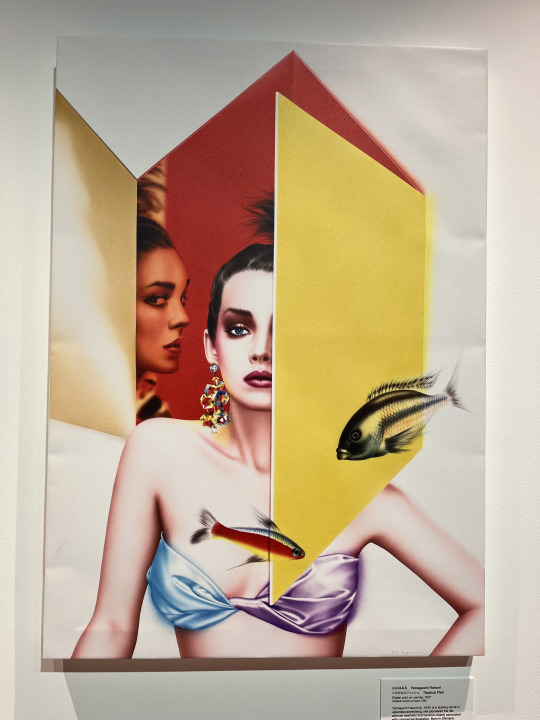


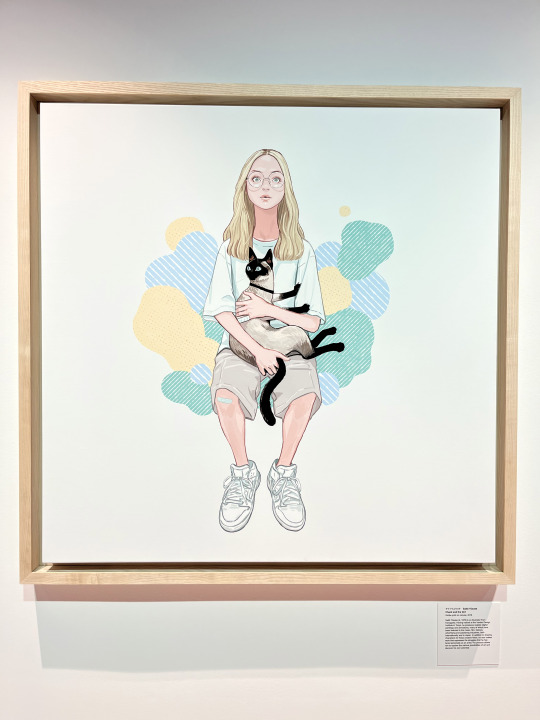

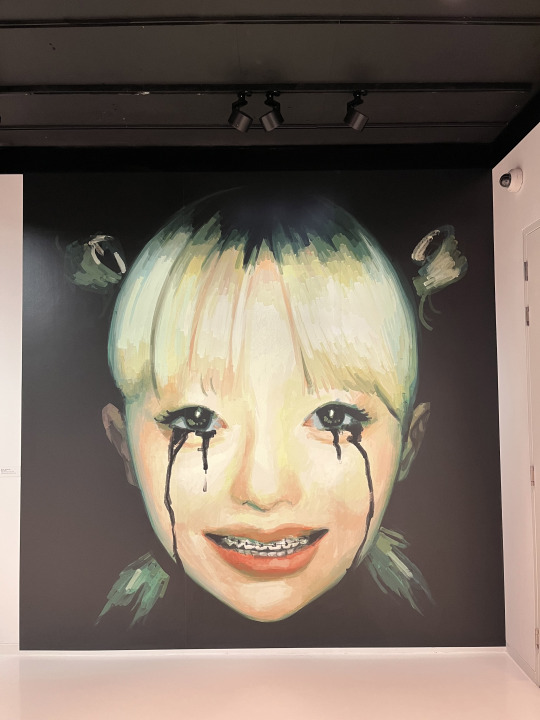

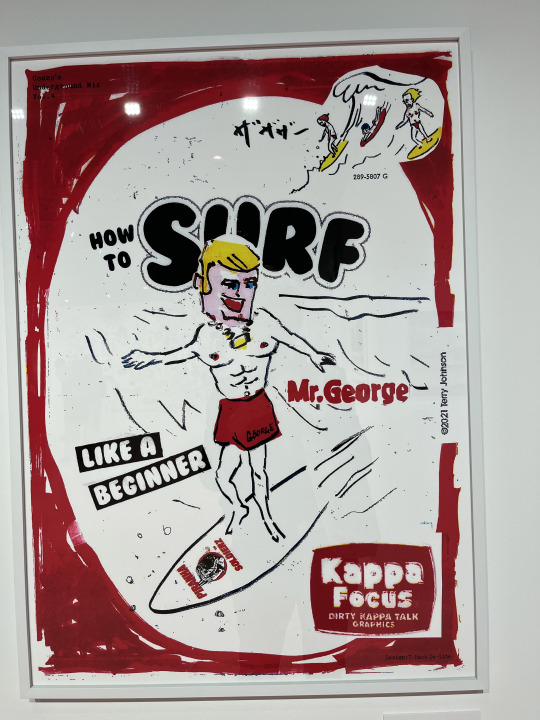
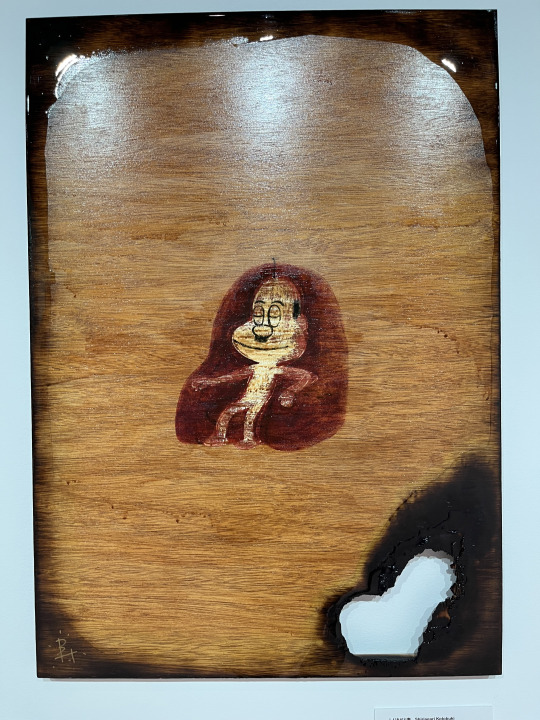
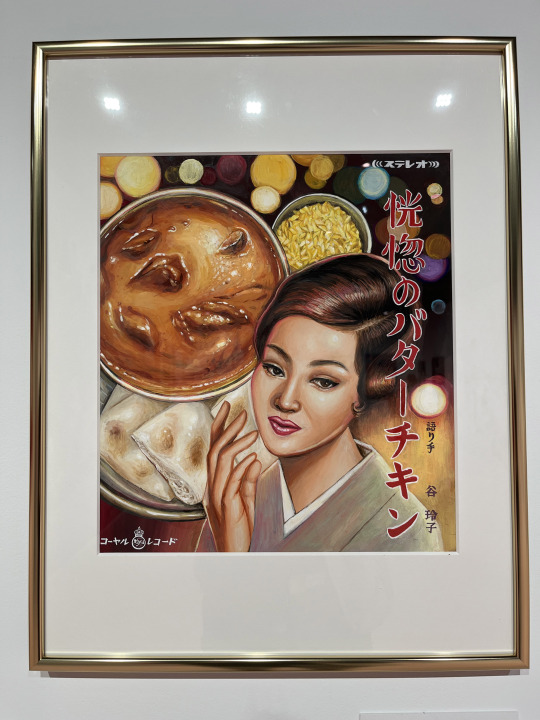
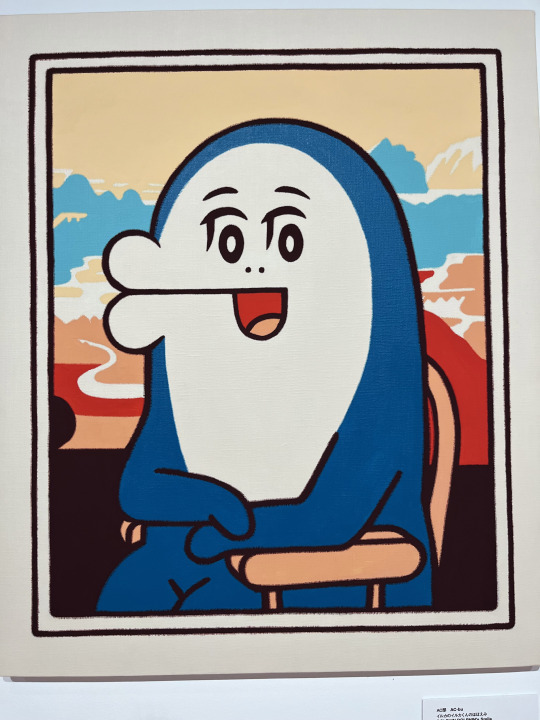


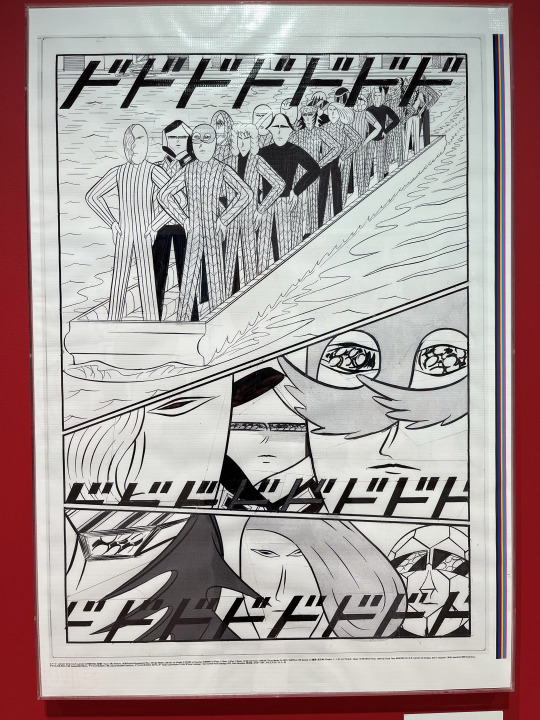



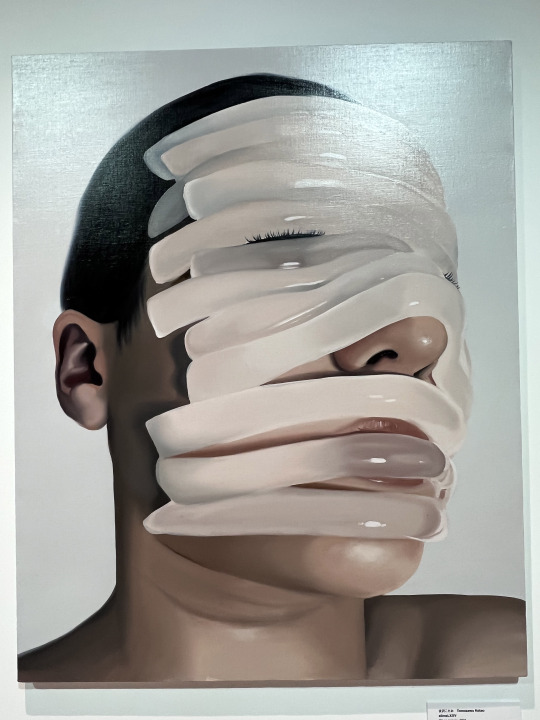


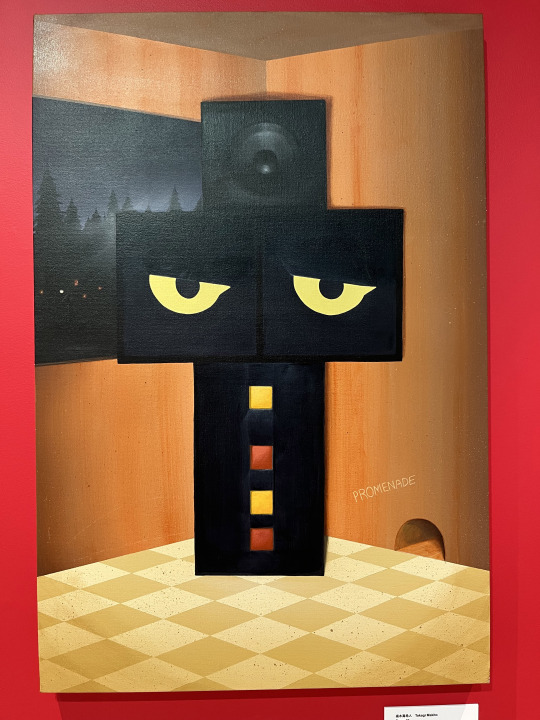



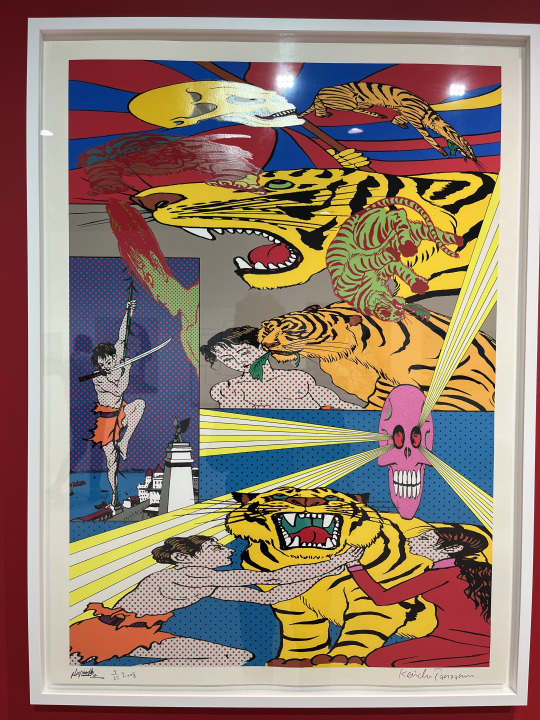
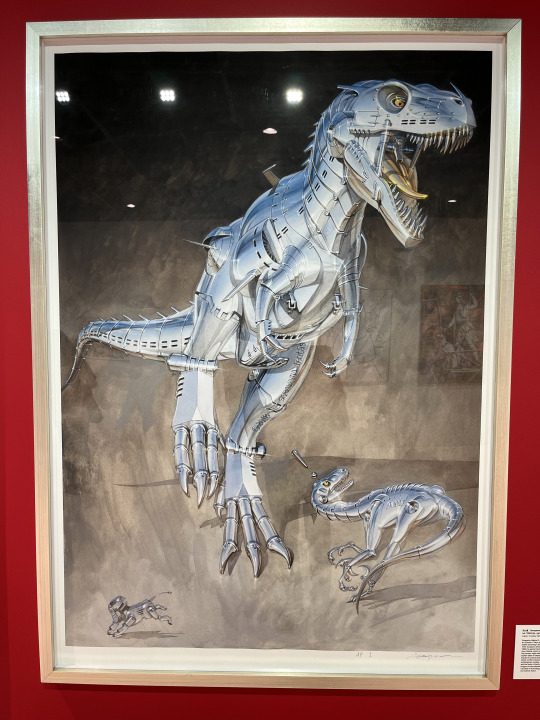

WAVES : Currents in Japanese Graphics show at Japan House in London. In this post are works by Uno Akira, Yamaguchi Harumi, Shichinohe Masaru, Terada Katsuya, Saito Yusuke, Urya Taro, Yukushita Mayu, Suzy Amakane, Yumura Teruhiko, Shiriagari Kotobuki, Yoshioka Rina, AC-bu, Jenny Kaori, Utsonomiya Nao, Yokoyama Yuichi, Kusuriyubi Sasaku, Ushiki Masanori, Face Oka, Tomozawa Kotao, Kakuda Mayu, Jun Oson, Takagi Makito, Takei Chika, Tanaami Keiichi (x3) and Sorayama Hajime (X2)
#Japan House#Japanese Graphics#Uno Akira#Yamaguchi Harumi#Shichinohe Masaru#Terada Katsuya#Saito Yusuke#Urya Taro#Yukushita Mayu#Suzy Amakane#Yumura Teruhiko#Shiriagari Kotobuki#Yoshioka Rina#AC-bu#Jenny Kaori#Utsonomiya Nao#Yokoyama Yuichi#Kusuriyubi Sasaku#Ushiki Masanori#Face Oka#Tomozawa Kotao#Kakuda Mayu#Jun Oson#Takagi Makito#Takei Chika#Tanaami Keiichi#Sorayama Hajime#contemporary art
41 notes
·
View notes
Text

"A Short Brake" by Shiriagari Kotobuki. 2021.
2 notes
·
View notes
Text

13 notes
·
View notes
Photo
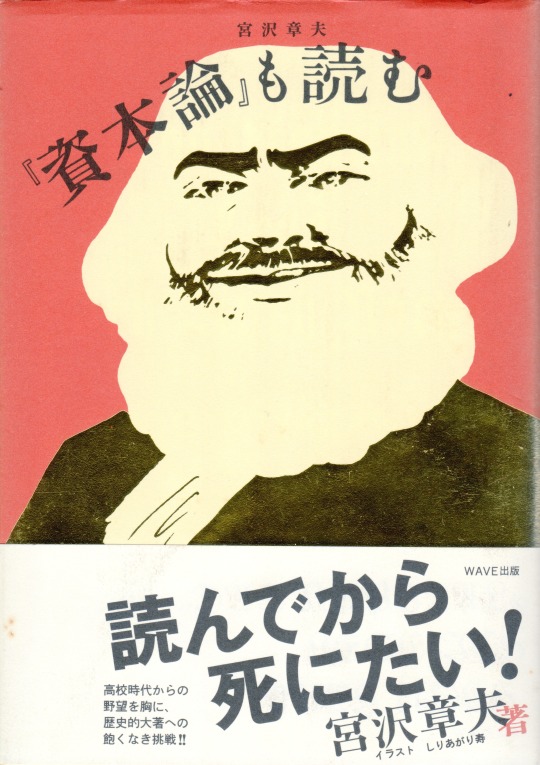
『資本論』も読む 宮沢章夫
WAVE出版
デザイン=祖父江慎+吉岡秀典(コズフィッシュ)、イラスト=しりあがり寿
#『資本論』も読む#akio miyazawa#宮沢章夫#shin sobue#祖父江慎#hidenori yoshioka#吉岡秀典#cozfish#コズフィッシュ#kotobuki shiriagari#しりあがり寿#anamon#古本屋あなもん#あなもん#book cover
39 notes
·
View notes
Text
The Heta-Uma Appeal

Garo 1982 September Issue with cover art by Yumura Teruhiko
Heta-uma. 'Heta' as in 'bad', 'umai' as in 'good'. Not officially recognised as an art movement, the wave of manga/art/illustrations that kicked off in the 70s were seen as being "so bad it's good". There are a number of different ways to describe heta-uma, with terms like "unskilled" and "ugly" being used to categorise the rough look of the art. Check out this highly detailed and informative article from Sabukaru for more on its history!
If you're wondering who pioneered the craze and led the charge, look no further than three artists deemed to be the most influential and notable: Yumura Teruhiko, Ebisu Yoshikazu and Takashi Nemoto. Garo was a platform that allowed these artists to spread the name and fame of their crude and raw drawings, often featuring gritty and vulgar subject matter. Heta-uma is a style that rejects the norm and pushes outside the box for new ways of expression, going against standards to evoke new reactions in readers. It aims to leave you laughing, gagging in disgust and everything in between with its sheer variety of storytelling. You can find gag manga, comedic shorts and satire. You can find political and social commentary veiled underneath raw and seemingly shallow drawings. It's a style that I honestly took me awhile to get into, but my appreciation slowly began to accelerate as I dived into alternative manga, especially mangaka like Ebisu.
Ebisu Yoshikazu: First Exposure
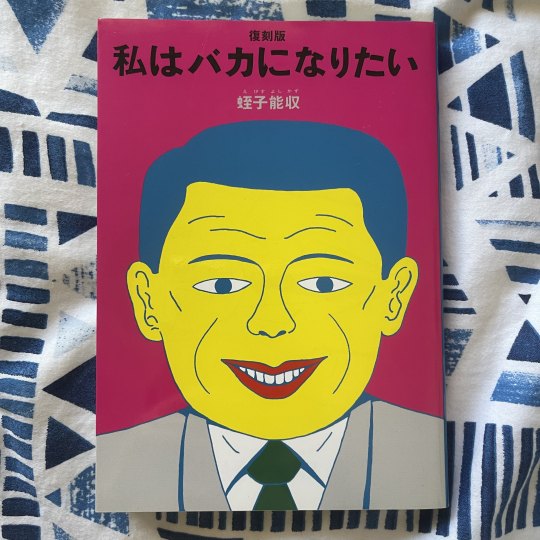
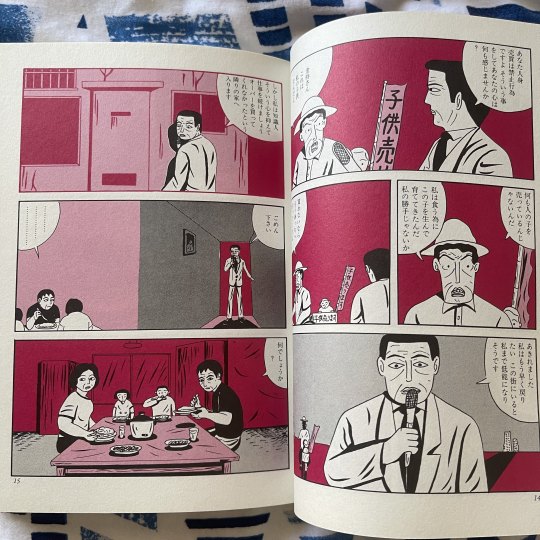


My very first read from Ebisu was a book titled "I Wish I Was Stupid" (Watashi wa Baka ni Naritai), now being released in English by Breakdown Press, an extremely exciting occasion for alternative manga fans. As far as I know, there are few heta-uma mangaka with an official English book, one being Hanakuma Yuusaku with his "Tokyo Zombie" published by Last Gasp in 2008. Takashi Nemoto also had his "Monster Men: Bureiko Lullaby" published in English by Picture Box in 2008. At the moment, Ebisu's "The Pits of Hell" by Breakdown Press is also being reprinted, so I'd hope that demand is high enough for more heta-uma exposure to the English market. There are also alternative manga anthologies like "Ax (Vol 1): A Collection of Alternative Manga", "Sake Jock", and "Comics Underground Japan" that feature heta-uma mangaka and artists like Suzy Amakane and Carol Shimoda amongst others.
But back to Ebisu. I was again exposed to his works via a haul video by Shawn from Japan Book Hunter, and the cover of the manga was enough to get me interested. The book is raw, disgusting, incredibly vulgar and in-your-face with its crazy drawings on confronting subject matter. It blends dark humour with satire on Japanese society extremely well, all supported by rudimentary character designs of salarymen, housewives and naïve children. I loved the weirdly random and surreal settings that feature UFOs flying in the sky, coupled with the desolate backgrounds that emphasise the other-worldliness of Ebisu's work. Its content is extreme, and it left such a lasting impression on me that I had to explore further into the world of heta-uma. I picked up "The Pits of Hell" after that, and am definitely planning to get more Ebisu books in the future.
AX Magazine: A Bigger Picture
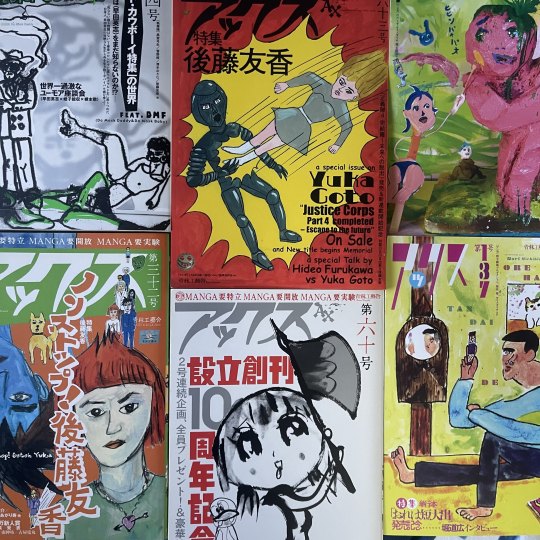
Assorted AX issues featuring heta-uma artists Takashi Nemoto, Goto Yuka, Shiriagari Kotobuki, Family Restaurant and Hori Michihiro
After discovering Ebisu, I had bought myself a whole stack of AX issues, opening up a whole new world of more contemporary heta-uma. This is where I became addicted to artists like Goto Yuka, Shiriagari Kotobuki and Family Restaurant, all centred on more a more comedic/gag style of manga. I still have a long way to go in terms of reading up on all the wonderful heta-uma out there, so I would say I'm still only on the first couple of steps in. One of my favourite heta-uma works that I'm still reading at the moment is Goto's "Justice Corps" (Seigitai), a gag manga following a group of vigilantes fighting to protect the city from monsters and villains. It's a pretty simple premise, but the slapstick humour combined with very rudimentary drawings gives off a nostalgic kids-show vibe. Addicting, straightforward and fun.



Justice Corps vol 1 by Goto Yuka
Shiriagari's "Jacaranda" is another amazing story that follows the violent and chaotic destruction of a city and its subsequent rebirth. The manga begins with a woman on a train brutally beating an old man for accidentally leaning on her shoulder as he struggles to stay awake. Nobody tries to do anything to help, a common critique of passivity in Japanese society that you can find in lots of other manga. Over the course of the story, the city is ravaged by a giant Jacaranda tree that sprouts and destroys the entire landscape, massacring the people around it as buildings topple and fires burn. The art is intense and the civilian deaths are brutally depicted through most of the book. Though, the end result is that of a blooming Jacaranda tree that towers over the city, hailed and prayed to by the survivors. There is little dialogue with most of the sound dominated by screams and onomatopoeia, but Shiriagari's raw and rough art style very much lends to a violent story like this. You can interpret the narrative in many ways, with one observing the first event of the woman's violence on the train as a karmic catalyst to the Jacaranda sprouting. This book is a good example of how the heta-uma style can also lean towards quite sincere and more serious works, a great display of versatility.




Jacaranda by Shiragari Kotobuki
Although, I must say that not every heta-uma work I've read is a favourite for me. "Jacaranda" is, in my opinion, an amazingly raw and hard-hitting work, but Shiragari's "Twin Adults" (Futago no Oyaji) series is very much a hit or miss. You can find individual chapters throughout many of AX's early issues, and there are also tankobons that collect all the stories into one book. The series features two twins arguing and playing, both up to whatever antics they may be up to, but not many of them land for me personally. On a different topic, Takashi Nemoto's subject matter is also a bit too raunchy for my tastes. I appreciate his art style as a whole and actually really love some of art that don't feature extremely explicit imagery, but the usual abundance of the dirty stuff isn't for me.


Left: Takashi Nemoto page from Garo 1983 April / Right: "Futago no Oyaji" from AX vol 8
The King Terry Obsession: Present Time


Various 1983 Garo issues featuring cover art by Yumura Teruhiko
Yumura Teruhiko. King Terry. Terry Johnson. Flamingo Terry. My current artist obsession. The artist is a man of many names. King Terry is attributed as the founder and pioneer of the heta-uma movement from the 70s and onwards with his "artfully artless" illustrations, a quote from Ryan Holmberg which I find is an extremely fitting description. You can find his article below!
King Terry mainly drew illustrations and has only put out one manga in his career, "Penguin Rice", where he drew the art for a story written by Itoi Shigesato for Garo in 1976. I haven't found a copy of it yet, but my eyes are always on the lookout for it. But for now, I'm satisfied with the various Garo issues he'd illustrated covers for, all of them addicting to look at. Yumura had illustrated all the covers for Garo's 1977 issues, reappearing and staying as the physical face of the magazine from 1982-87. He's an artist that has grown on me over time, and I can't give a clear reason why, but it's very much tied in with my love for alternative manga.
And that's pretty much my experience with the wonderful world of heta-uma. To conclude, I want to have one last section about an event that I feel was an extremely important one for heta-uma and alternative manga fans outside of Japan.
Heta-Uma Mangaro: Le Dernier Cri Exhibition
Le Dernier Cri, a French publishing house headed by Pakito Bolino, is your one-stop destination for underground and alternative art that thrives outside of the mainstream. They sell high quality silkscreen prints, books and posters from many Japanese artists and mangaka, many of whom I've talked about before. In 2014, Bolino and Taco Che owner Ayumi Nakayama curated an extensive collection of works from Japanese artists in the double exhibition "Heta-uma Mangaro", a gallery of 40 years of Garo and heta-uma history. There was a catalogue book released for the event that is long OOP, but I'm still patiently waiting for one to pop up sometime soon. But having such a large event specifically for alternative manga and heta-uma is an amazing feat that I hope will inspire bigger and more frequent exhibitions like these. Thanks for reading!
#manga#hetauma#alternativemanga#manga recommendation#art review#manga art#manga panel#japanese culture#japanese history#contemporaryart
7 notes
·
View notes
Photo
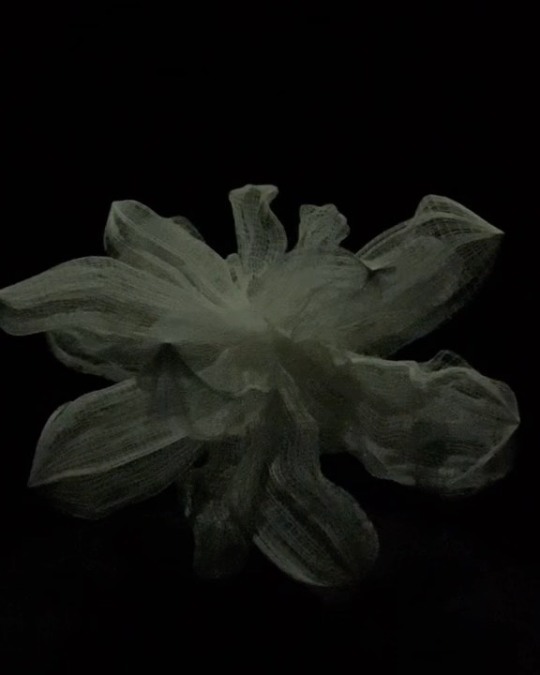
The Doraemon Exhibition Singapore 2022 at the National Museum of Singapore Showcasing Doraemon through the lens of 28 leading contemporary Japanese artists and arts groups, the artworks on display respond to the theme of “Create Your Own Original Doraemon”. . Artists >> Makoto AIDA, Kayo UME, Motohiko ODANI, Ryota KUWAKUBO, Tomoko KONOIKE, Akinori GOTO, Satomi KONDO, Tomoyoshi SAKAMOTO, Masaharu SATO, ShiShi YAMAZAKI, Ai SHINOHARA, Kotobuki SHIRIAGARI, Yuta NAKAZATO, Suitou Nakatsuka, Yoshitomo NARA, Yasuyuki NISHIO, Mika NINAGAWA, Miran FUKUDA, Sebastian MASUDA, Kumi MACHIDA, Mr., Takashi MURAKAMI, Yasumasa MORIMURA + Junko KOIKE, YAMAGUCHI Akira, Hidenori YAMAGUCHI + Wataru ITO, Ryuki YAMAMOTO, Rena Rena (Rena Nakajima), Nozomi WATANABE. (at National Museum of Singapore) https://www.instagram.com/p/CnbEI7IvXvj/?igshid=NGJjMDIxMWI=
2 notes
·
View notes
Photo

Shiriagari Kotobuki
4 notes
·
View notes
Photo

kotobuki shiriagari’s jacarandá || しりあがり寿の『ジャカランダ』
168 notes
·
View notes
Photo

× Jacarandá by Shiriagari Kotobuki ×
#manga#manga cap#black and white#monochrome#anime retro#retro#tv#winking#jacaranda#jacarandá#shiriagari kotobuki#anime and manga#manga aesthetic#bw#art#story#japanese manga#drama#seinen manga#supernatural#tragedy#tradedy manga
4 notes
·
View notes
Photo



Poster and illustrations by manga artist Kotobuki Shiriagari しりあがり寿 for Stray Dogs (2013, dir. Tsai Ming-liang)
56 notes
·
View notes
Text

von Kotobuki Shiriagari aus dem Buch Jacaranda
0 notes
Text

3 notes
·
View notes
Photo

わからなくなってきました 宮沢章夫
新潮社
装画・挿画=しりあがり寿
124 notes
·
View notes
Text
《UT2020 MAGAZINE》創刊號出爐,有文化就是不一樣 (TOPYS)
“You are what you wear.”
這句話從優衣庫嘴裡說出來,可真是一點兒也沒誇大。
這麼多年你或許也發現了,UT總喜歡找各式各樣的聯繫,將你與他們的衣裳牢牢綁在一起。 UT當年聯名KAWS的盛況,已經成為一種文化現象——在萬千擁躉的心中,它可絕不僅是一件99元的短袖T卹那麼簡單。
反而只會越來越期待,品味甚好的UT最近又新找了啥流行文化符號,讓你我一邊掏腰包一邊還直呼:你——懂——我——。

為了深究這些你所鍾愛的T卹背後的秘密,優衣庫出了本《UT2020 MAGAZINE》,狠狠咬住“文化”這題眼。衣服上印的圖形紋樣究竟是什麼意思?誰創造了它?到底棒在哪兒?字裡行間,埋的都是寶藏。
從這本創刊號裡,我們可以看到創造了符號的藝術家與創作者,是如何詮釋“文化”的,這些創作靈感又是從何而來。從另一個角度也證明,UT一直以來的選擇有依有據,有料可挖。
從做品牌的角度做內容,用做內容的思路經營品牌,目標受眾們又一次心甘情願被教育。
UT x Peter Saville
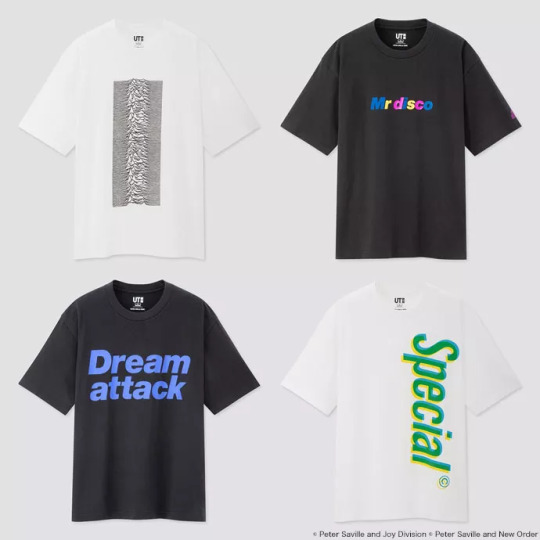
UT找上Peter Saville時,全球的後朋克樂迷都興奮地搓起了手掌。
當Joy Division的《Unknown Pleasures》印花被各大品牌換著法子致敬,某寶的無版權周邊印得停不下來,UT終於給了我們一個名正言順向上世紀七十年代末揮手致意的機會。
Peter Saville就是這張傳奇封面的設計師。

“Joy Division的Bernard Sumner在一本天文學書籍中發現了這幅圖像,第一顆脈衝星CP1919的一百多次連續脈衝波形,他們認為這能啟發封面。我從來沒有做過專輯封面,但據了解,它將以黑白呈現。 這很好,因為我不知道如何處理配色。 我喜歡這個形象。
“樂隊希望它是白底的,但我覺得'黑色更好'。所以,它被黑色宇宙包圍,就像我想的那樣:圖形來自宇宙。”至於為什麼封面沒有標題,Saville表示“我不希望它看起來像一張唱片封面, 年輕人不需要貼上標籤。 所以我從一個收藏家、一位消費者的角度,這麼做了。”

文化對於Saville意味著什麼?
“我開始工作時,我發現我對周遭的一切感到不快。有些東西很棒沒錯,但一輛公交車、一張公交車票,都讓人失望。在我成長的曼徹斯特,日常生活平淡且平庸,而我在一家藝術學院待了三四年,我覺得可以做得更好。有人讓我做海報,我就試圖使這些海報表現得比同類們更聰明。幾個世紀以來,試圖把事情做得更好的人——足球運動員、音樂家、建築師、律師——一起創造了我們的文化。這是個體關心、職業修養、以及認為一切可以更好的信念,加持在一起的產物。 ”
UT x Nissin Foods

1966年,日清品牌創始人,同時也是泡麵創造者安藤百福,遠赴美國推銷他的雞湯泡麵。他驚訝地發現西方人大都不用碗,而是直接把麵丟進他們常用的紙杯裡再衝熱水。他們用叉子代替筷子,將面切成兩半再送進嘴裡。
如此一來他意識到,大多數西餐都不是盛在碗裡用筷子吃的,在全球範圍內銷售泡麵的關鍵在於適應不同的飲食風格——於是,他得到了“杯麵”的靈感。

令人驚訝的是,這種味道並不完全日式。日清的品牌經理Tsutomu Hirasawa告訴UT:“我們用醬油,但我們的基底是雞湯與豚骨湯,更西方一些。配料包括蝦、炒雞蛋與肉丁——而非傳統拉麵食材。”
日清在過去49年,推出了一百來種杯麵風味,如今仍然以每年至少10種新口味的步伐向前邁進著。
“當你告別常態時,便會獲得通往自由的門票。”
這句順口溜在品牌早期的廣告裡,迴響不斷。而用來概括日清一路走來的行為風格,再合適不過。
UT x Hakuju Kuiseko

UT今年與日本書道藝術家杭迫柏樹(Hakuju Kuiseko)、久木田(Hironobu Kukita)與山口芳水(Housui Yamaguchi)的合作,讓所有的Slogan Tee都乖乖靠邊站。
優衣庫正試圖將這樣的傳統文化玩出新意。對於這次聯名,品牌表示是“以書道作品中包含的體諒、熱情、關懷等處世之道為設計元素”,《UT2020 MAGAZINE》在這事兒上則充分擔當了“說明書”的要職。
他們採訪了杭迫柏樹,這位我們或許從來陌生的藝術家,他告訴我們“書道”是一種生命。
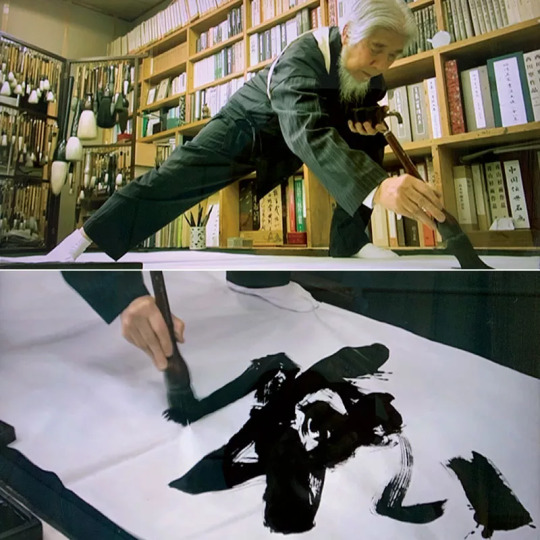
“晚上的時間我會用來研究,從古代文字和其他書籍中尋找靈感。人們通常認為書法是一種手部技巧,但'第三隻眼'同樣重要。如果沒有能力讀進文字並找到其內在美,你的手將無法傳達那種美。這也與線條有關,一筆一畫都傳達著創作者的生活,他們賦予作品自己的個性,這就像沒有兩片樹葉是完全一樣的。同樣,沒有兩件作品具有相同的品質。書法的核心是探索定義線條的方式。我想要用書法為文化界帶來新的活力,激發我自己和與我互動的人們。”
或許這對於字體設計師也同樣適用。
藝術家眼中的文化是……
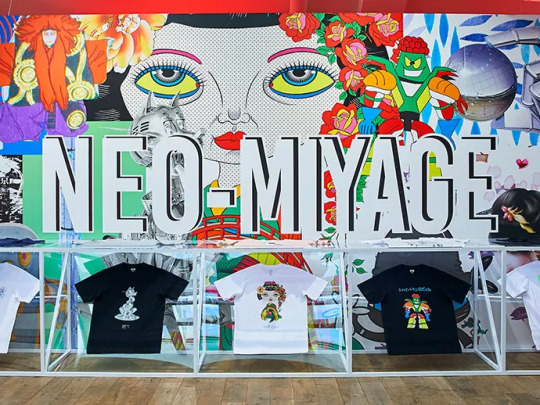
縱覽創作者們對於“文化”的定義,我們發現大同小異。
“文化”,正是牽引他們作品形成脈絡的那一條生命線。
潮流圈的寵兒Daniel Arsham說:“文化是我們定義自己的依據。”

日本超現實藝術指導吉田ユニ表示,“文化就是輸入與輸出。”
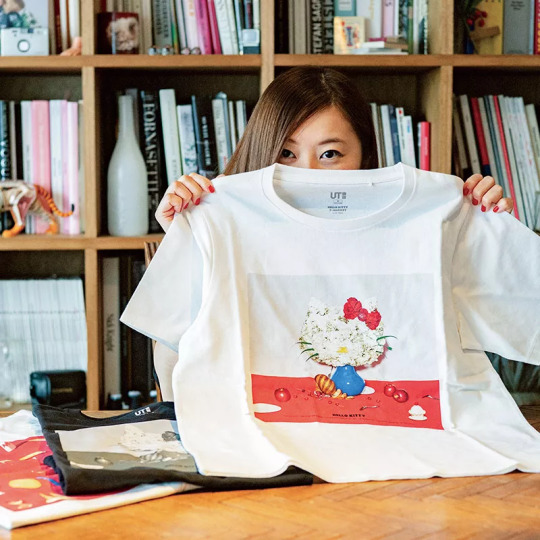
在善於將流行文化符號內化為作品的巴黎藝術家Tiffany Cooper看來,“文化屬於每一代人。”

迪奧首位亞裔珠寶設計師、AMBUSH創意總監YOON心中,“文化是志趣相投的人身上共同的時代反映。”
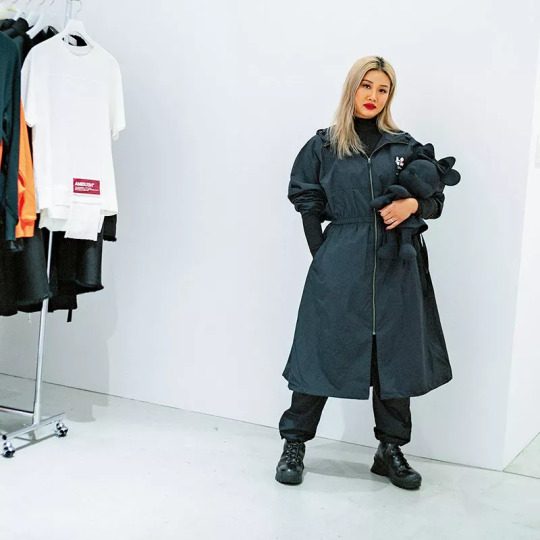

這本《UT2020 MAGAZINE》中,還收錄了日本漫畫家Shiriagari Kotobuki與手塚治虫女兒Rumiko Tezuka關於迪士尼的對話,日本最潮畫廊NANZUKA的經營之道,UT聯合知名紡織品品牌Finlayson的最新LOOKBOOK,高達模型生產地萬代工廠車間一日遊,以及品牌產品相關的尺碼示範、發布會實況。
據悉,實體中文版《UT2020 MAGAZINE》將於4月10日正式登陸優衣庫全國各大門店,屆時朋友們就可免費取閱。
要我說UT的魅力吧,或許正是誰穿著,都能外顯出自己的解讀與風格,就算撞衫也能雄赳赳氣昂昂打個招呼握個手:喲,同道中人交個朋友。
而這本《UT2020 MAGAZINE》,就像一本先鋒文化百寶書,優衣庫最懂。
*Article from TOPYS.com
1 note
·
View note
Photo

Next year in Japan, a new stage play will be out called "Okehazama"
Now while the play is not adapted from either a manga or anime, the play's script was written by a mangaka - Shiriagari Kotobuki, whose works include "Sukiyaki Western Django", "Jacaranda", "Ano Hi kara no", "Oshigoto", "Otogi no Kuni no Memento Mori" and "Kuroki Kawa"
Directed by Shô Ryuzanji and performed by his group, the Ryuzanji Theater Company, "Okehazama" will be a musical comedy piece about the Battle of Okehazama (1560), when the feudal lord Imagawa Yoshimoto attempted to invade Kyoto, only to be stopped (though by sheer luck) by the famous Oda Nobunaga with a force of 3,000 men vs. Yoshimoto's 25,000
The play will be out January 24th to February 4th at the The Suzunari theater in Tokyo
Source: http://natalie.mu/comic/news/253654
0 notes
